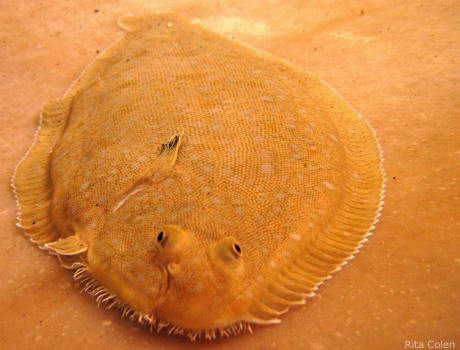Short description:
GERMROS project aims to explore the resilience of spermatogonia to oxidative stress in Senegalese sole using a timely methodology.
START OF THE PROJECT:
The direct impact of reactive oxygen species (ROS) on germ cells is well studied in terms of the mechanisms affected, however, there is still a lack of information on how the spermatozoa inherit those poor characteristics from stem cells, namely spermatogonia. It has been observed that the effect of oxidative stress is tissue and cell-dependant, where some specific cells are more tolerant to ROS than others.
The high spermatozoa vulnerability to oxidative stress could be inherited from spermatogonia. The regulation of oxidative stress in the different cells is associated with the enzymatic activity of antioxidant systems related to zinc (Zn) and selenium (Se) elements. Zn and Se are trace elements playing an important role in scavenging ROS and are essential for spermatogonia proliferation and for the progression of spermatogenesis. The antioxidant systems associated with these elements present diurnal rhythmicity in their activity, in cells of the nervous system, which could also be true for germ cells. Several studies have shown that environmental stressors can cause oxidative stress affecting normal spermatogenesis, possibly due to the disruption of such rhythms.
Our hypothesis is that those spermatogonia experiencing high oxidative stress by any stressor, differentiate into spermatozoa of low quality affecting male fertility. GERMROS project will explore the first part of this hypothesis, testing the resilience of spermatogonia to oxidative stress in a marine flatfish species, the Senegalese sole (Solea senegalensis), which is a promising candidate for aquaculture production in Europe but presents reproductive disorders, making this species ideal for the study proposed. For this purpose, invitro Senegalese sole spermatogonia will be established, studying deeply both antioxidant systems at several levels.


